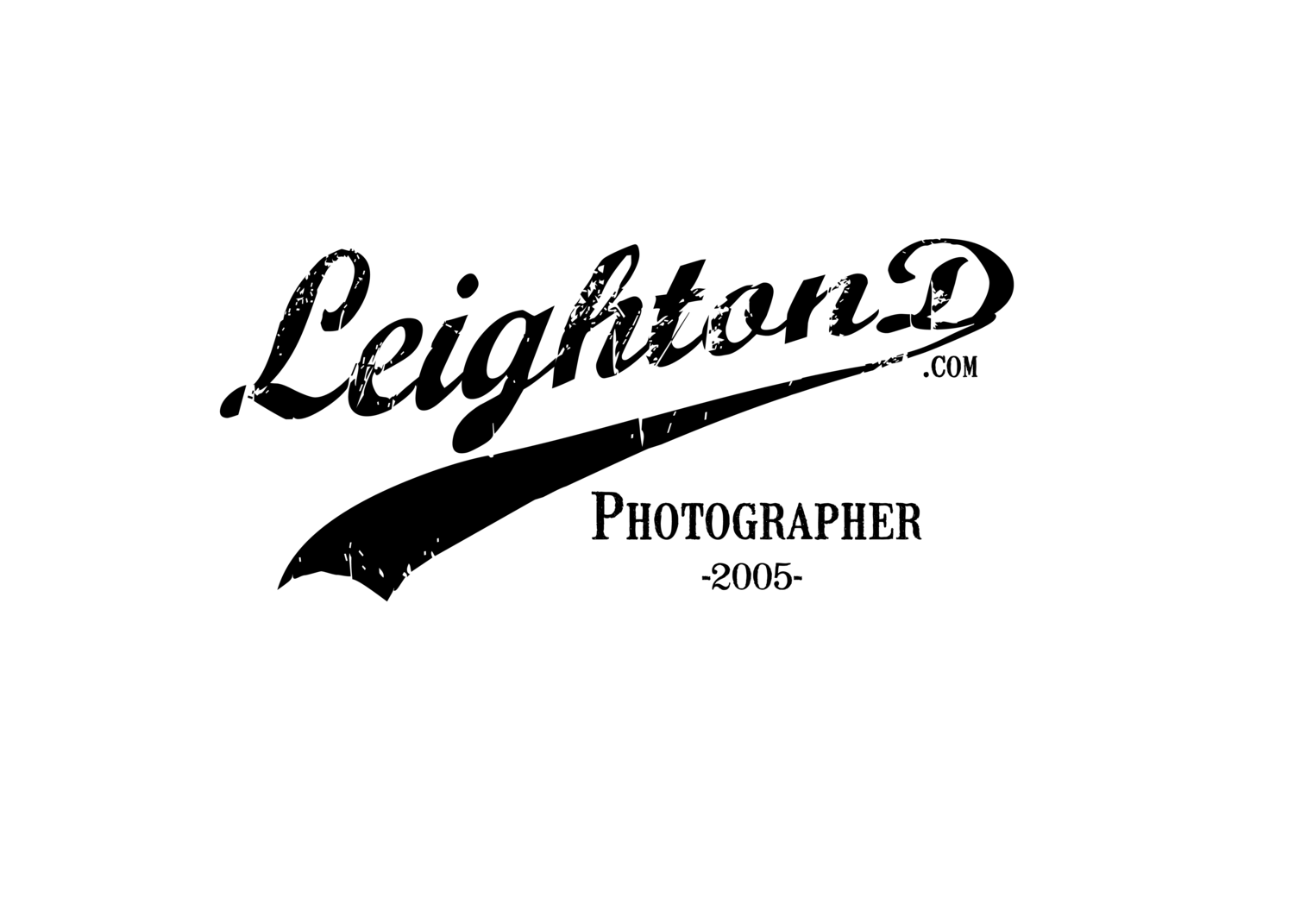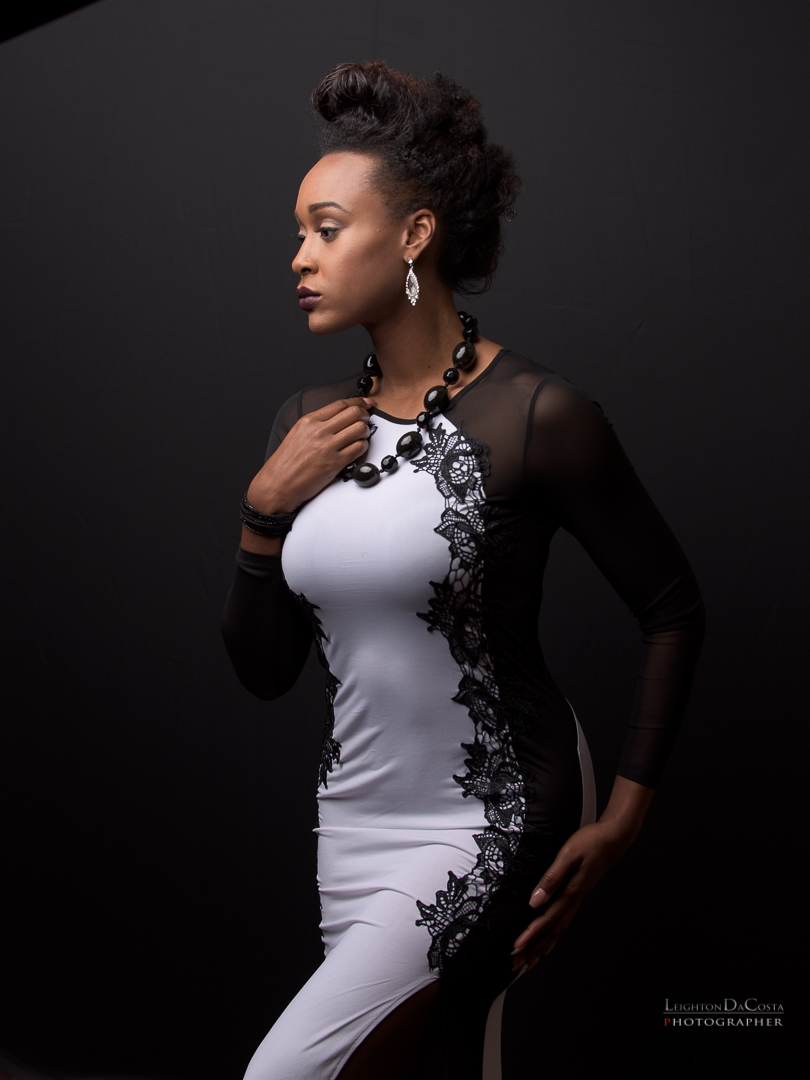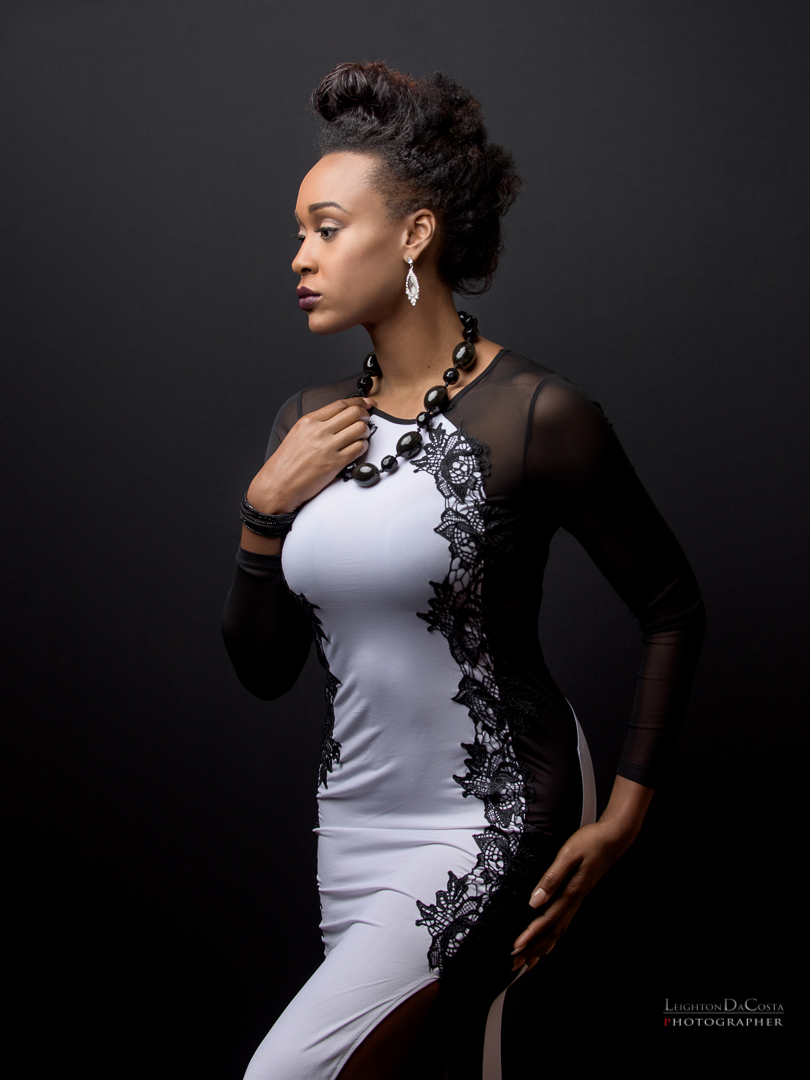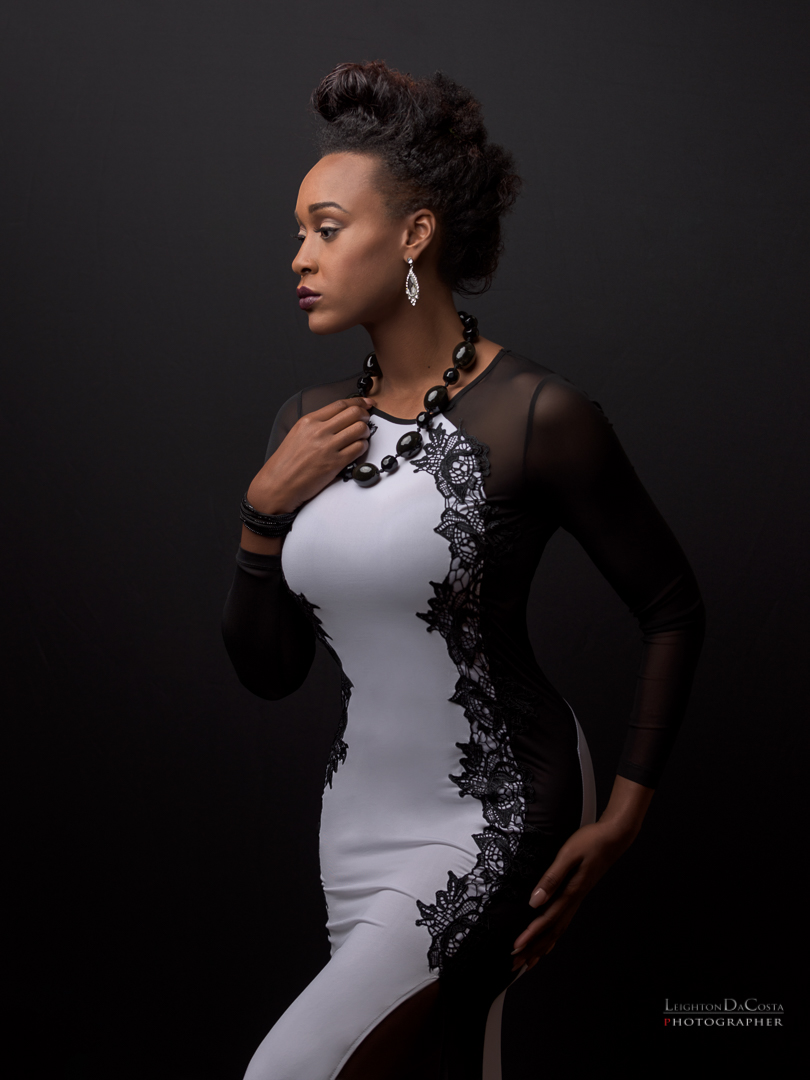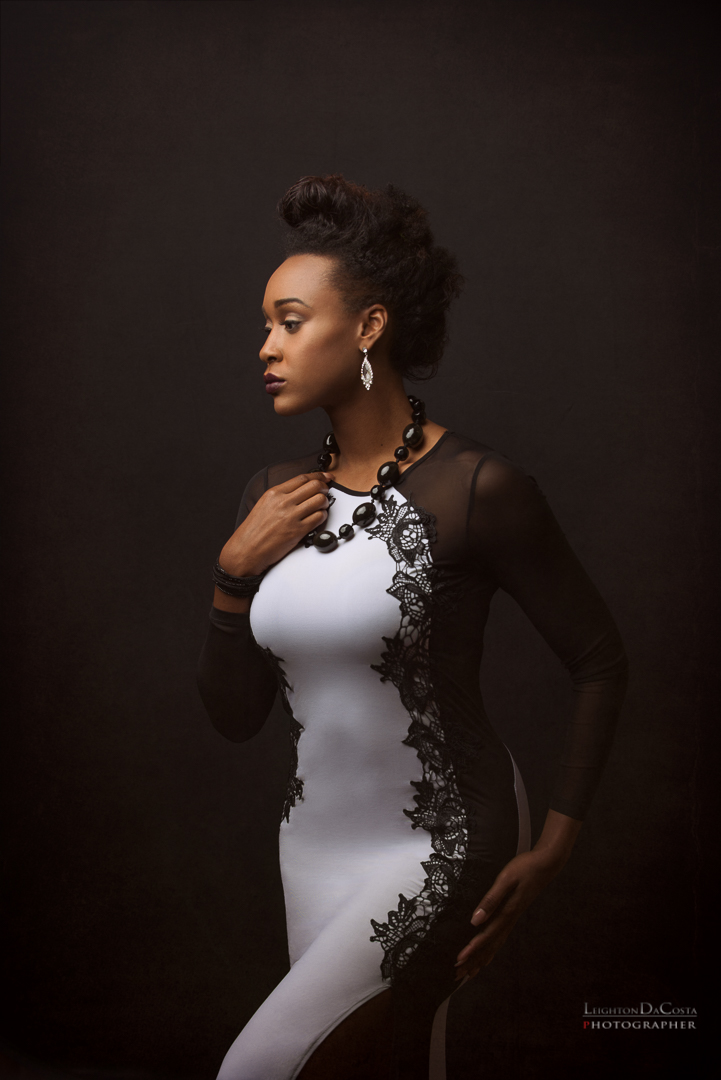The Beautiful Aquisha Gross (Fayetteville, NC). MUA Brittney Taylor (Fayetteville, NC). Retoucher Dwight Smalls (Jacksonville, FL). Photographer, Leighton DaCosta (Miami, FL/Atlanta, GA) Dress provided by: Kony Fashion Forward (Burlington, NC)
About 7 years ago, I began to outsource my photographs to external editors. While a more costly process, this proved to be a more efficient process, where the benefits were in the consistency of the edits, and the time saved by ME not having to do the editing. For example, the first company I started with was PWD Labs out of Atlanta. The editing was consistent, communication great, and fast turnaround. I could literally photograph a wedding on Saturday and have the proofs ready for review by Thursday. What did that really mean for me? MORE TIME!
The average wedding takes about 20-40 hours of post work for most photographers to complete. Essentially working a second job of which you will not be additionally compensated for. By outsourcing, I could photograph a wedding on Saturday, cull and upload Sunday morning, enjoy the rest of the day with my family, and work on other projects come Monday, Tuesday, and Wednesday, then work on the wedding album on Thursday. More time means, more money. This allows me to put additional value into the service and products that I offer to my clients.
As a disclaimer, I am NOT sponsored by any particular retouching company...yet, but I am open to future sponsorship! Now that that is out of the way, I mentioned earlier that in 2009 I started with PWD Labs. Over the years, they grew into a company called POST. POST merged with Photographer's Edit, one of the companies used in this comparison.
Save 20% at Photographer's Edit by using the referral code: RefW9x6m56j
You can give them a try for free for up to 10 images.
You can also check out Picsera and give them a try as well.
For this comparison, I've placed the images in the order that they were received back from the editor.
The Original Image
The most crucial part of outsourcing, rarely has to do with the actual editor, but mostly with the image supplied TO the editor. The better the image quality, the better job the editor can do. I use Adobe Lightroom, which allows me to easily export and integrate retouched files. If you are using an alternative system, such as Capture One Pro, contact your editor and make sure they support your system. Most editors today allow for Dropbox transfer, where you can authorize access to a folder that is already synced with your images, which makes it fast and painless. Gone are the days of the FTP uplaod.
The unedited capture before processing. Technical: Nikon D810, Nikkor 70-200mm f/2.8 VR1 shot at 70mm f/4.5 1/500s ISO 64. Off camera lighting Profoto B1 in RFI 5' Octa Camera Left, Nikon SB800 Camera Left. Background Savage Universal collapsible backdrop.
THE INDIVIDUAL EDITOR
Retouched by Dwight Smalls (Jacksonville, FL). The benefits of a 1 on 1 retoucher. Proofing is part of the process. Often faster turnaround. More accurate the first times. The Cons, more expensive, less eyes during the QA Process.
The individual editor is probably the most convenient in the world of outsourced retouching. I went to Dwight Smalls, a great photographer out of Jacksonville, FL. Working with an individual editor is probably the most expensive option, but it gives you the most control over the entire process. For low volume sessions, that require heavy and detailed retouching, the individual editor is probably the better option.
I sent out all images on Monday, received proof, and final edit within 24 hours. For the record, the image was promised by Thursday.
Major changes. Softbox removed. Negative space added. Image warmed in the shadows along with adding a texture to the image. Dress wrinkles smoothed out. Waistline slimmed. Bra transparency removed. Skin retouched.
PHOTOGRAPHER'S EDIT
Retouched By Photographer's Edit. Beautiful Skin tones. Wish the dress was retouched.
I have always enjoyed working with Photographer's Edit (PE). The work is consistent and fast. 3-5 day turnaround. I used the flat rate retouching option which removed the softbox, worked the skin retouching, which I LOVED, and "brightened" the image. My only challenge is with the dress, left pretty much untouched, and the levels in the blacks, removing a lot of shadow detail.
Major work. Softbox removed. Skin retouched. Image brightened.
PICSERA
Retouched by Picsera. Very natural edit, The dress is retouched. Wish the black from the bra was retouched.
I really enjoy the growing relationship I have with Picsera. Very straightforward pricing, good customer service, and a constantly evolving platform. I also used the flat rate option on this edit. The only drawback is that Picsera's turnaround is around 4-7 days on average. I must say, that between the two companies, I loved this version more, because it is closer to my style. While the flat rate pricing for Picsera is more than PE's, the results show.
Major work. Soft box removed, Shadows warmed, Skin Retouched, Dress smoothed, waistline accented.
CONCLUSION
For near perfection, I would say that the individual editor would be my first choice. Both Photographer's Edit and Picsera do offer an individual editor option that is priced per hour. I do like Photographer's Edit's option to where you can let your editing fit your budget. You can "name your budget" and it gives them the opportunity to estimate and accept/reject your offer. Value is based on what you get for what you pay. While I won't go into specifics, Photographer's Edit was the lowest. Picsera was about 40% more, with Dwight being about 200% more than Picsera. While I would love the turnaround to be as fast as the Photographer's Edit or Dwight's, the overall edit and experience is great. For that reason, the winner for me is Picsera.
Do you agree with me?
